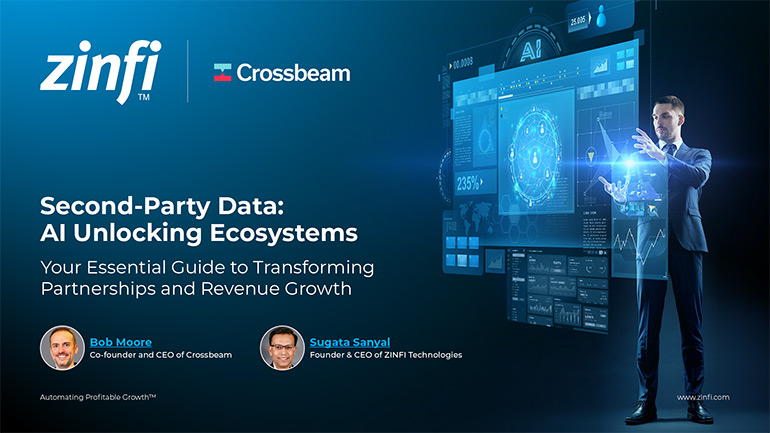Bob Moore’s entrepreneurial journey is deeply rooted in his background as a “data nerd,” having studied computer science and operations research. His career began at a venture capital firm, Insight Partners, where he quickly recognized a significant gap: many highly successful businesses lacked sophistication in data analytics, struggling with concepts like customer lifetime value and cohort analysis. This observation led him to manually assist these companies in analyzing their data using SQL and Excel, eventually sparking the idea for his first company, RJ Metrics. Launched in 2008 with co-founder Jake Stein, RJ Metrics aimed to productize this analytical work, bringing “venture capital grade analytics” via SaaS to a broader audience. This early experience laid the groundwork for understanding how businesses could leverage their data more effectively.
The second company, Stitch Data, emerged directly from challenges observed at RJ Metrics. Businesses often had their data scattered across various systems, such as Shopify, inventory platforms, payment processors, and marketing automation tools like HubSpot or MailChimp. This fragmentation made it incredibly difficult for companies to consolidate data to answer complex business questions, like whether a marketing campaign led to refunds. We designed Stitch as an intuitive platform for extracting data from these disparate API endpoints and depositing it into a centralized data warehouse, coinciding with the rise of cloud data warehouses like Amazon Redshift and Snowflake. This low-friction product achieved rapid success, and Talend acquired it in 2018.
The experiences at Stitch, particularly the realization that Stitch was often purchased as part of a broader data stack (e.g., alongside Snowflake or Looker), directly led to the genesis of Crossbeam. This insight highlighted that the most qualified prospects for Stitch were those who had just invested in complementary technologies. The problem of effectively collaborating with these partners through traditional, flawed account mapping methods—involving manual spreadsheet exchanges with issues of oversharing and data quality—became evident. Furthermore, the ephemeral nature of valuable account mapping information meant that annual or quarterly updates were insufficient, leading to the vision for Crossbeam as a real-time, secure data escrow service.
